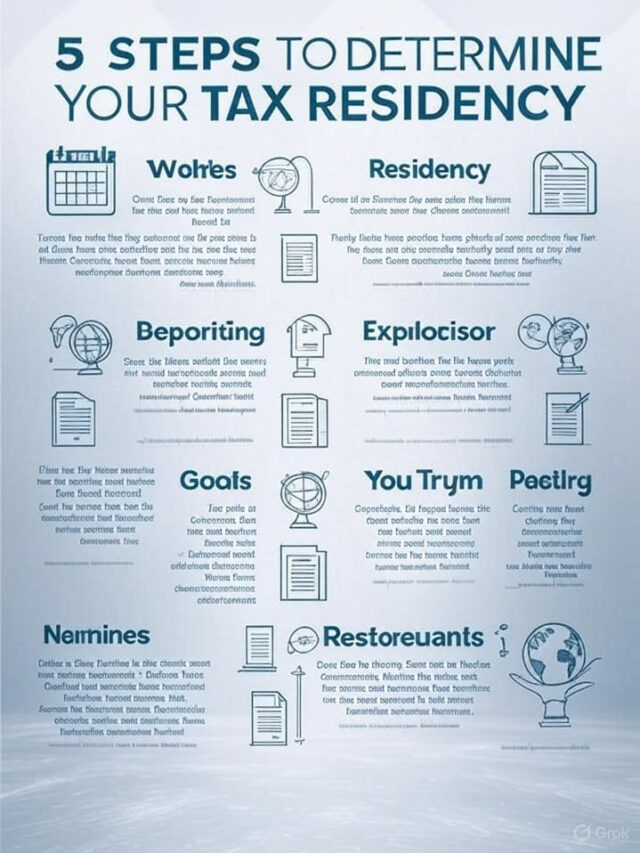
How Social Reintegration Anxiety Can Transform Your Social Reintegration Challenges in 2025
Imagine stepping back into a crowded room after years of isolation—maybe after prison, a long illness, or even a global lockdown. Your heart races, your palms sweat, and every conversation feels like a high-stakes test. Sound familiar? That’s social reintegration anxiety, and it’s a real hurdle for many facing social reintegration challenges in 2025. But, good factor is that it is an opportunity to grow. By understanding and tackling it, you can turn those fears into stepping stones for a confident comeback. In this article, I’ll share practical tips, real-world examples, and a sprinkle of humor to show you how to overcome reintegration fears and transform your social reintegration challenges into opportunities. Let’s dive in!

Why Social Reintegration Challenges Matter Now More Than Ever
In 2025, the world’s buzzing again—offices are reopening, social events are back, and communities are rebuilding. But for many, rejoining society feels like learning to ride a bike… in a storm… blindfolded. Social reintegration challenges aren’t just about showing up; they’re about navigating new norms, rebuilding connections, and battling self-doubt. Whether you’re a former inmate, a recovering patient, or someone who’s been socially distant, these challenges can feel overwhelming.
Take Sarah, a 30-year-old who spent two years working remotely during a health crisis. When her office mandated a return, her social reintegration anxiety kicked in. “I forgot how to small-talk,” she laughed, “and I was terrified I’d say something awkward.” Sarah’s story isn’t unique—millions are grappling with similar fears. The good news? Social reintegration anxiety is a natural response to change, and it’s something you can work through. By addressing it head-on, you’ll not only conquer social reintegration challenges but also build stronger, more authentic connections.
So, why does this matter now? Because 2025 is a year of reconnection. The world’s moving fast, and learning how to cope with reintegration anxiety is your ticket to thriving, not just surviving.
The Power of Social Reintegration Anxiety Explained
Okay, let’s get real: social reintegration anxiety sounds like a villain, but it’s more like a loud-but-well-meaning friend. It’s your nervous signal expressed by your brain. Instead of fighting it, you can harness it to tackle social reintegration challenges. Here’s how it works.
First, anxiety sharpens your awareness. When you’re nervous about a social event, you’re hyper-tuned to body language, tone, and vibes. This can make you a better listener and a more empathetic friend. Second, social reintegration anxiety pushes you to prepare. Think about it: when you’re anxious, you’re more likely to practice that elevator pitch or plan conversation starters. That prep builds confidence over time.
Consider James, an ex-inmate who faced massive social reintegration challenges after five years in prison. His anxiety about job interviews was through the roof. But instead of avoiding them, he used his nerves as fuel. He rehearsed answers, researched companies, and even practiced smiling in the mirror (yes, really!). His preparation paid off—he landed a job and now mentors others on how to overcome reintegration fears. James turned social reintegration anxiety into a tool for success, and you can too.
The takeaway? Your anxiety isn’t a roadblock; it’s a roadmap. By leaning into it, you can navigate social reintegration challenges with purpose and grit.
How to Get Started with Social Reintegration Anxiety Today
Ready to make social reintegration anxiety your ally? Here are four actionable steps to start transforming your social reintegration challenges today. These are practical, beginner-friendly tips you can try right now—no PhD required!
1. Name Your Fears (and Laugh a Little)
Start by writing down what scares you about reintegrating. Is it awkward silences? Judgmental looks? Naming your fears makes them less intimidating. Bonus points: give them silly nicknames. Call your fear of small talk “Chatty McPanic” or your worry about fitting in “Crowd Surfing Jitters.” Humor shrinks anxiety’s power and makes social reintegration challenges feel manageable.
2. Start Small, Like Really Small
You don’t need to dive into a networking event to conquer social reintegration anxiety. Begin with low-stakes interactions, like chatting with a cashier or joining a virtual book club. Each small win builds confidence. Sarah, our remote worker from earlier, started by saying hi to one coworker a day. By week three, she was cracking jokes in the break room. Tiny steps lead to big leaps.
3. Practice Self-Compassion
Here’s a truth bomb: you’re allowed to mess up. Social reintegration challenges are tough, and nobody nails it on day one. When anxiety spikes, try this: take a deep breath and say, “I’m doing my best, and that’s enough.” Self-compassion is a game-changer for how to cope with reintegration anxiety. It is a warm hug giving to your brain.
4. Seek Support (No Cape Required)
You don’t have to face social reintegration anxiety alone. Talk to a friend, join a support group, or even work with a therapist. Online communities, like forums for ex-inmates or post-COVID social groups, are goldmines for tips on how to overcome reintegration fears. Sharing your story connects you with others who get it.
These steps aren’t magic, but they’re powerful. Try one today, and watch your social reintegration challenges start to shrink.

Common Pitfalls and How to Avoid Them
Even with the best intentions, social reintegration challenges can trip you up. Here are two common mistakes and how to dodge them, so you can keep your social reintegration anxiety in check.
Pitfall 1: Avoiding Social Situations
It’s tempting to skip that party or cancel that coffee date when social reintegration anxiety flares. But avoidance only makes fears grow. Instead, commit to showing up, even for 10 minutes. Set a tiny goal—like saying hi to one person—and leave when you’re ready. Each time you show up, you’re rewiring your brain to handle social reintegration challenges better.
Pitfall 2: Overthinking Every Interaction
We’ve all been there. Overthinking fuels social reintegration anxiety and steals your joy. Try this: after a social event, jot down one thing that went well (e.g., “I made someone laugh!”). Focusing on positives helps you learn how to cope with reintegration anxiety without spiraling.
Avoiding these pitfalls keeps you moving forward, turning social reintegration challenges into growth opportunities.
Looking Ahead: Your 2025 Social Reintegration Game Plan
As we roll through 2025, the world’s wide open for reconnection—but only if you’re ready to tackle social reintegration anxiety. Make a plan this year to write a new story in your life What if, instead of dreading social events, you walked in feeling curious? What if social reintegration challenges became your launchpad for new friendships, jobs, or passions?
Here’s your game plan: commit to one small action this week. Maybe it’s smiling at a neighbor or joining an online group. Use the steps we covered—name your fears, start small, be kind to yourself, and seek support. Each move chips away at social reintegration anxiety and builds your confidence.
And here’s a thought: social reintegration challenges aren’t just about you—they’re about the people waiting to meet you. Your story, your humor, your unique spark—they matter. By learning how to overcome reintegration fears, you’re not just helping yourself; you’re lighting the way for others.
Take the First Step Today
You’ve got the tools to transform social reintegration anxiety into a superpower for 2025. Don’t let social reintegration challenges hold you back—start small, stay kind, and keep moving forward. Try one tip from this article today, whether it’s naming your fears or saying hi to a stranger. You’ll be amazed at how quickly things shift.
I’d love to hear your story! Drop a comment below and share how you’re tackling social reintegration anxiety or ask a question about how to cope with reintegration anxiety. Let’s build a community of fearless reintegrators together. Ready to make 2025 your year? Let’s do this!


Tax Strategies for Digital Nomads: A Comprehensive Guide to Staying Compliant and Saving Money


Saving Money as a Digital Nomad: A Comprehensive Guide to Financial Freedom


The Best Budgeting Apps for Digital Nomads: Managing Finances on the Go


AI Writing Tools: Your Ultimate Guide to Smarter Content Creation in 2025


You Won’t Believe How Easy Healthy Food Access Can Be: Solutions to End Food Deserts!

Shocking Weight Gain Risks You NEED to Know Before It’s Too Late!

Why You’re Hitting an Energy Crash (And How to Stop It for Good!)
Categories
Pages

Retirement Planning for Digital Nomads: A Roadmap to Financial Freedom on the Move

Tax Strategies for Digital Nomads: A Comprehensive Guide to Staying Compliant and Saving Money


Saving Money as a Digital Nomad: A Comprehensive Guide to Financial Freedom












